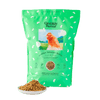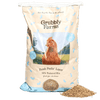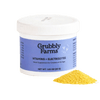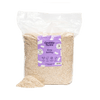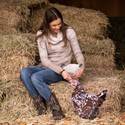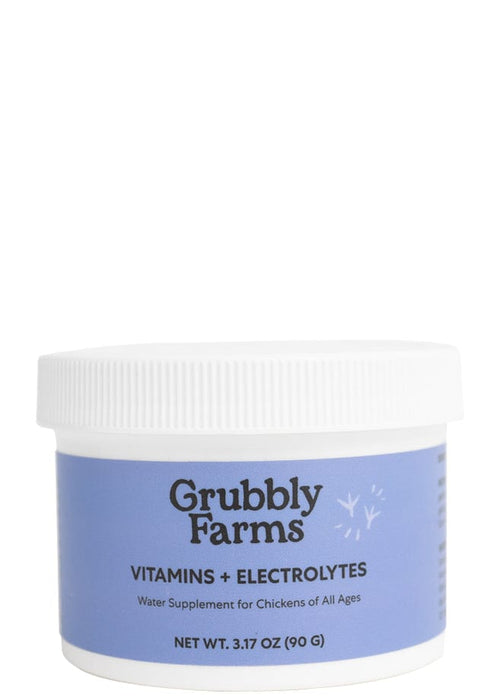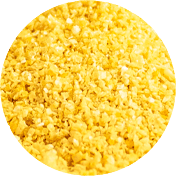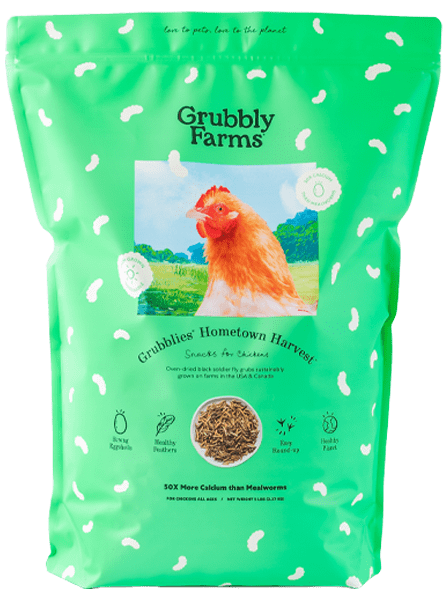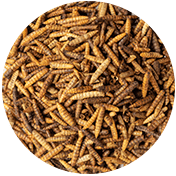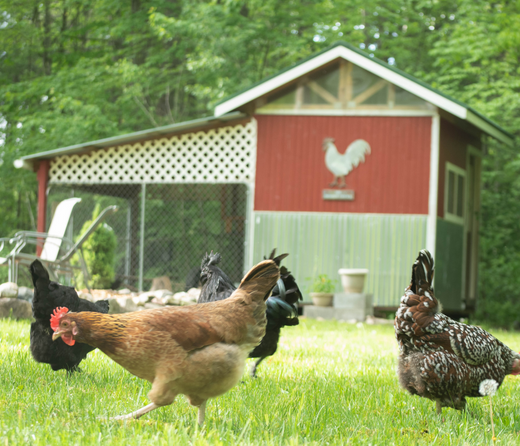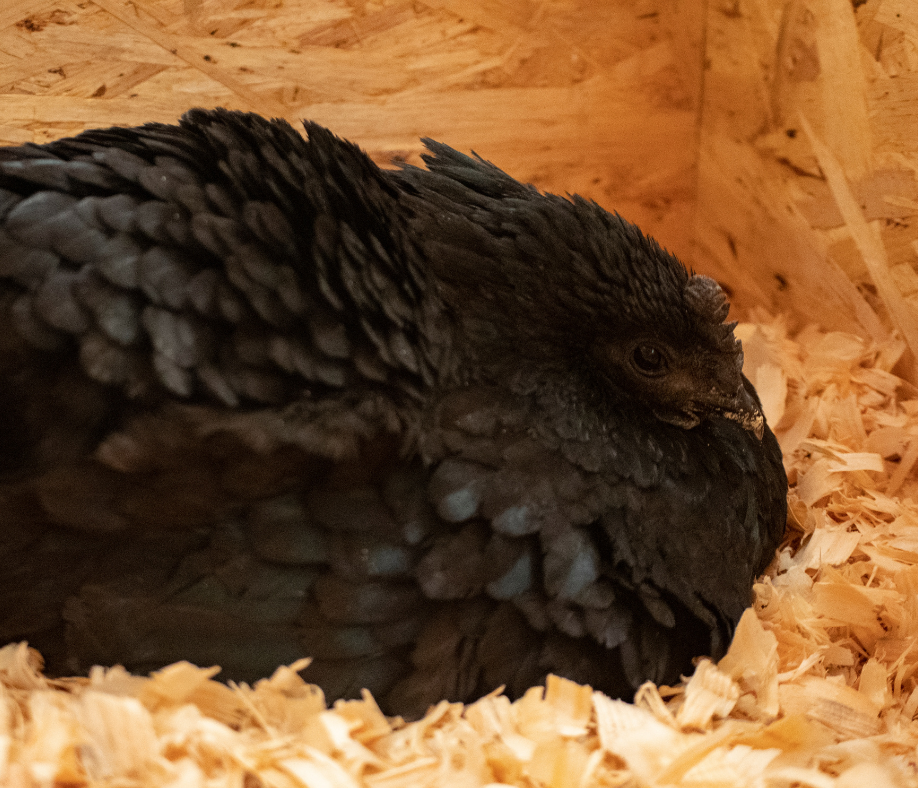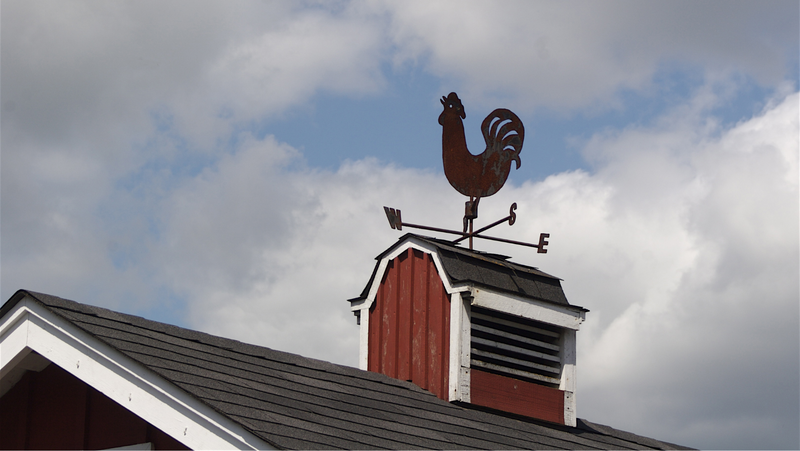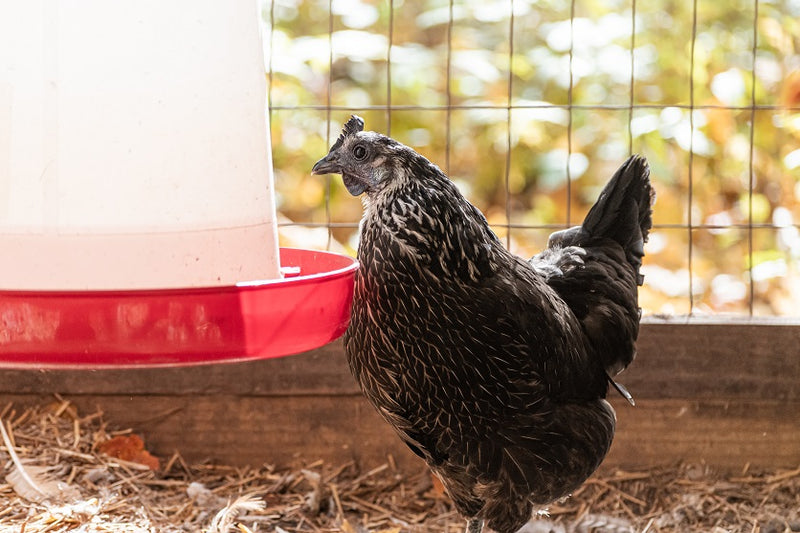While their feathers are beautiful, all that fluff is tough on our backyard flocks. Unlike people, chickens don’t have sweat glands, nor do their feathers allow for a refreshing breeze to cool the skin and decrease their body temperature. Because of that, it’s important to stay vigilant about keeping your flock cool in the summer to prevent heat stress. Learn all about recognizing, preventing, and treating heat stress in your flock so you can keep them healthy this summer!
What is Heat Stress?
Heat stress is additional stress a chicken’s body experiences due to it being unable to maintain a normal body temperature. As a chicken’s body temperature rises, pressure on all the other body systems increase. A chicken’s normal body temperature is around 104°F, so a chicken does a lot better in colder weather than it does in hot weather! Having such a high body temperature to start with makes heat related ailments much more prevalent for chickens. Not only is it uncomfortable for a chicken, but heat stress can also damage organs, cause egg deformation, and even lead to death.
Genetics, feather coverage, age, weight, and flock maintenance all affect a chicken’s heat tolerance. Chicken breeds that have large combs and wattles and are lightly feathered are more heat tolerant then heavily feathered chicken breeds. As a chicken ages, it becomes more susceptible to ailments and more sensitive to environmental changes, such as an increase in temperatures.

8 Signs of Heat Stress
Knowing how to spot signs of heat stress is the key to keeping your chickens safe and healthy over the summer. Here’s some tell-tale signs of heat stress:
-
Panting & Rapid Breathing- Chickens pant by opening their beaks and engaging in rapid breathing. Much like dogs, chickens release heat by panting to dissipate internal heat. Look out for panting (beaks open) and rapid breathing as beginning signs of heat stress.
-
Pale Comb & Wattles- The combs and wattles are a chicken’s only direct access of skin to air, so a lot of extra body heat leaves through those extremities. This heat dissipation can often make the skin color turn paler. Keeping the wattles and comb cool will help your chicken regulate its body temperature.
-
Wings Outstretched & Feathers Erect- Air is our planet’s best insulator. When chickens overheat, they’ll stretch out their wings and lift their feathers in hopes of catching a cool breeze. They hold their wings away from their body to release trapped heat and to allow air flow against their skin.
-
More Lounging & Less Roaming- Activity generates heat, so you may notice your chickens lounging around the enclosure or yard during hot weather. They may roam less and not move around as much in general. This decrease in activity does not necessarily mean lethargy, which we will discuss later.
-
Stopped Eating & Increase Drinking- Your flock will start drinking A LOT more water during hot weather. You may also notice your flock is less willing to eat as much feed as they normally do. The digestion process does generate some internal heat, so a chicken may eat less if she is experiencing more amplified heat stress.
-
Diarrhea- All of the extra water that a chicken consumes during hot weather can lead to watery diarrhea. While not necessarily bad, it does result in less body moisture which leads to a loss of electrolytes and possibly dehydration.
-
Decrease in Egg Production- When a hen’s body is under lots of stress to keep cool, she will stop producing eggs. Aside from the stress of trying to stay cool, eggs are also mostly water. When a hen is dehydrated, she won’t have enough body moisture to continue properly producing eggs.
-
Droopiness & Lethargic- A chicken suffering from more severe heat stress will appear very lethargic and lay down, not moving. If you have a chicken showing these signs, then it is time to take immediate action. Droopiness and lethargy are precursors to heat stroke, which is a very serious condition. We’ll cover this later in the article as there are specific steps involved in an emergency intervention.

Preventing Heat Stress in Chickens
Depending on where you live, you may not need to employ more than one or two ways to help keep your chickens stay cool. However, in certain hotter parts of the country, you’ll want to make sure you do a few extra things to help keep your chickens safe. Here are some practical ways to help prevent heat stress in chickens:
Provide Refreshing Water
Water is our best friend when it comes to cooling down. Serve it freely and plentifully to your flock so they can drink as much as they need. Chickens are great self-regulators and will eat and drink as much as they need. Remember to place feed and water in a shaded, cool area. For extra comfort, add some ice to cool their water. However, don’t go too heavy on the ice because icy cold water can be a shock to a body that is very hot.
Supplement Electrolytes
During times of intense heat, it can be helpful to provide supplemental electrolytes in your chickens' diet. Electrolytes are essential to help your flock regulate their body processes, maintain proper hydration, and preserve their pH balance. They're especially important during the hot summer months because despite the fact that chickens don’t lose fluid through sweating, their electrolyte balance can still become disrupted during hot weather. Heat stress can lead to an increase in panting. Panting can lead to the body’s pH levels being disrupted, which in turn disrupts the natural electrolyte balance in a chicken’s body. Supplemental electrolytes can help restore a proper electrolyte and pH balance. Our Vitamins + Electrolytes water supplement is formulated for chickens of all ages, from chicks to full-grown adult birds, and contains the essential electrolyte minerals and salts to help support your flock's health all summer long.
Avoid Overcrowding
Overcrowding means that a chicken’s natural body heat (104°F) is multiplied by all its flockmates body temperatures as well. That’s a lot of unwanted heat generated that can lead to heat stress, increased pecking, and even cannibalism. Overcrowding is dangerous to flock health no matter what the weather is like! The good news is it’s completely avoidable. Simply provide enough space for your chickens to retreat from each other and the heat. Having a large, airy enclosure helps prevent overcrowding as does free ranging your flock during the summer. If your chickens do have to stay penned up during the summer, allow at least 8 square feet of enclosure space per chicken.
Use Fans & Increase Coop Ventilation
Natural airflow can help keep the ambient temperatures lower in the coop. Make sure there is plenty of air flow and ventilation in the coop. Prop doors and windows open. If you have doors on the next boxes, you may even want to prop those open too. While ventilation is very important, you also need to keep predator safety in mind. You might need to use a metal grate to block the windows or doors, if you didn’t have one built in already. At a minimum, make sure that your coop has enough ventilation to allow the hot air to escape and bring in any breezes.
If you’re able to run electricity to your yard, you can set up a fan for the chickens in their enclosure or the coop. A fan will be your flock’s favorite addition to the coop, allowing them to get a precious breeze under their fluffy down. They’ll love it even more if you place frozen gallon jugs of water in front of it to really blow cool air around.
Make Frozen Treats & Encourage Hydration
Sipping ice water cools us from the inside out and helps regulate our body temperature. The same principle applies to your flock. Providing cool water can reduce stress on your flock and help them regulate their internal body temperature.
One of the easiest tricks to get your chickens to hydrate on a hot day is to sprinkle protein-rich snacks like Grubblies into cold water. While they bob for their snacks and get extra protein, they’ll gobble up plenty of water along the way. You can also chop up veggies and fruit scraps, add a few Grubblies, and make little ice cube snacks to add to your flock’s water and encourage drinking.
Provide your chickens with healthy, refreshing snacks along with their cool water. You can try freezing their feed or freezing fruits like watermelon, grapes, apples, cucumbers, salad greens, tomatoes, and other veggie scraps.
Provide Shade
Summer shade is crucial, blocking blocks solar radiation and harmful UV rays. The ground beneath a tree makes for cooler dust baths too, making it easier to regulate body temperature and avoid heat stress. Make sure that you provide ample shade for your chickens in their favorite hangout areas. If they don’t have natural shade, you can hang a shade cloth over their coop, run, or wherever they prefer to hang out. You can use a gardening shade cloth, tarp, old curtains or sheets, or even plant some trees to provide shade. Try to include both natural and manmade shades sources in your flock’s yard or enclosure. When rigging up a shade source, ensure that it does not use a black or dark material, which will actually absorb heat and contribute hot air to the surroundings.
Hose Down the Coop and Surrounding Areas
Cold water helps cool things down by absorbing some of the heat itself. Hose down the coop roof and wet the perimeter of the coop and enclosure to make those areas cooler and more refreshing for your flock. This will aid in lowering the overall ambient temperature of the surrounding area.
Also, wet the ground in any areas they like to hang out during the day. On a particularly hot day when temperatures are well over 90°˚F to 100°˚F, water things down as often as you can. Don’t forget to water their favorite dust-bathing areas. Chickens not only dust bathe to keep their skin and feathers clean, they also do it to help regulate their body temperatures. By providing them with dampened and cooled dirt to dust bathe in, they can keep themselves cool when they kick the wet dirt onto their skin.
Provide your chickens with extra sources of drinking water, including tubs they can step in to keep cool as needed.
Set Up Misters
If the eggstra shade and hosed down coop aren't doing the trick, particularly if you live in areas where summers can get really hot, you should consider getting misters.
Misters can cool the ambient temperature by quite a bit, and even as much as 20 to 30 degrees!
Your local home improvement store should sell free-standing misters that can attach to a hose. You can also buy misting system kits that you can mount in your flock’s run or hangout area. If you’re particularly handy, you can DIY your own misting system.
If you are DIYing, make sure you find fine-spray nozzles that spray. Usually they are rated with something like “0.5 GPH” or “1 GPH” (GPH = gallons per hour). The rating tells you how much water is sprayed out of the nozzle per hour. You’ll want to choose one that sprays a very fine mist and uses as little water as possible. The idea is to mist, not irrigate.
Emergency Measures for Treating Heat Stroke in Chickens
It’s critical and imperative that you take immediate measures to save your chicken as soon as you see signs of severe heat stress or heat stroke. Here’s what to do in emergency situations!
- Move: Bring your patient indoors or to a cool spot and set up an emergency cooling area. Your bathroom, laundry room or mudroom would be ideal.
- Bathe: Prepare a cooling bath using a dish tub specifically used for your chickens. Dunk some ice or an ice pack into the water to ensure the water is cool. Let your patient soak in the cool water for at least 5 minutes to bring down his or her core body temperature. The severity of the heat stress will dictate how wet the chicken needs to get in order to adequately cool off. Gently towel dry your patient and place him or her in a quiet comfortable corner with a fan blowing.
- Electrolytes: Meanwhile, prepare some electrolytes in some water. You can purchase little electrolyte packets from your feed store and keep it in your emergency kit, or you can make your own. To make your own, all you need is to mix a little bit of raw honey with some water, and a tiny pinch of baking soda or sea salt. If your patient is not drinking by him/herself, you may need to administer the electrolyte water using a feeding syringe or an eyedropper.
- Overnight TLC: Prepare an overnight stay with healthy foods. Leave your patient in your home’s "henspital" at least overnight for observation, and provide some protein-rich snacks like grubs, and fruit like watermelon, cantaloupe, or berries. The protein will provide energy, and the fruits will be quenching with natural sugars and electrolytes. Be sure he/she is getting enough water. Try sprinkling the grubs into a dish of water so they’ll gobble up water while bobbing for their snacks.
Your little feathered patient may appear weak for at least 1 to 3 days. Continue to provide lots of TLC and shade, and maybe even continue to sequester in the henspital until they protest and wants to get out. Protesting is a sign of improvement!

Keep a Cool Flock!
Learning how to recognize, prevent, and treat heat stress in chickens is essential for keeping your flock healthy and cool this summer! Chickens are able to handle cooler temperatures much better than hot weather, so it is a good idea to implement some extra measures during the summer for keeping your chickens cool. Your chickens will appreciate preventative measures such as plenty of shade, healthy and refreshing snacks, and plenty of cool drinking water. When you do recognize severe heat stress or heat stroke in one of your flock members, knowing how to treat it could save your chicken’s life! Preparedness and prevention are the key things to keep in mind when helping your flock stay cool this summer!
